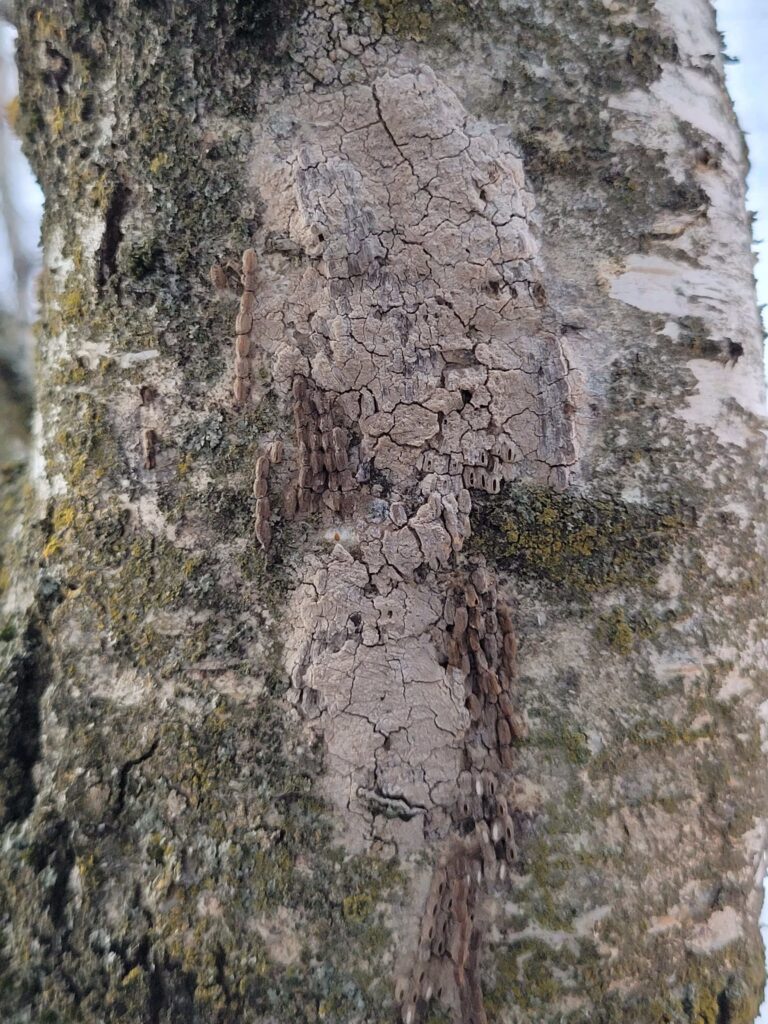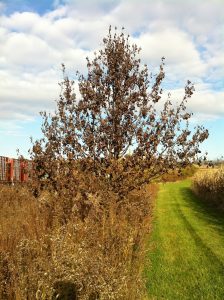
The indirect effects of SLF, however, have not been fully assessed and many questions remain. These impacts have been well-documented in the United States and other countries where SLF has been introduced (e.g., Korea). Large infestations of SLF can dramatically reduce grape, apple, and hop yields, as well as damage economically important hardwood trees including maple, black walnut, cherry, and birch.

These impacts are greatest in the agricultural and hardwood production industries. In Pennsylvania alone, where SLF was first identified, the economic impacts of SLF have been estimated at $324 million annually (Harper et al. Impacts of SLF: What We Do and Don't KnowĪlthough SLF is not expected to have the same direct impacts on our forest ecosystems as EAB, both pests have a tremendous effect on the local economy.

Females lay an average of 50 to 150 eggs. Mating begins one week after emergence, and females are ready to lay eggs two weeks after mating. Adults emerge from D-shaped exit holes in late May and June and fly into the ash canopy, where they feed on leaves during the day. Mature larvae will stay in their pupation cells through April-May of the next year, gradually developing into adults. Larvae overwinter in their feeding galleries or in pupation cells they construct in the outer sapwood or bark. Newly emerged larvae tunnel through the bark into the cambial region, where they will feed for 1 or 2 years until they mature. The eggs hatch in approximately two weeks, depending on the temperature. The eggs are deposited individually in crevices and between the outer bark layers. Each egg mass contains between 30-60 eggs, arranged in neat rows that are protected from the elements.įemales lay eggs on ash trees from mid-June through August. Females are not selective and will lay their eggs on almost any surface, from trees and rocks to patio furniture and car wheel wells.
#Spotted lantern fly tree damage cracked
Females lay one or two camouflaged egg masses, which look like cracked mortar when dry. Shortly after molting, adults mate and females lay eggs in September-December. Fourth instar nymphs molt into adults in July-September. The insects molt to progress into each stage. The eggs hatch and the first instar nymphs emerge in May-June. Unlike EAB, spotted lanternfly overwinters as egg masses. Larvae feed on the nutrient-rich vascular tissues (i.e., xylem and phloem), which cuts off water and nutrient transport through the tree, effectively girdling and killing it. EAB poses the biggest threat in its larval stage. Adults feed on ash leaves, which causes little damage to the tree. This honeydew attracts other insects and promotes sooty mold growth, which blocks sunlight from reaching leaves, inhibiting photosynthesis.ĮAB has chewing mouthparts, which it uses to feed on different parts of its host tree, depending on life stage. SLF also indirectly affects plants by secreting honeydew-a sugary substance that collects on vegetation and leaves growing below SLF feeding locations. When combined with other stressors, these impacts can overwhelm and kill the host. It does, however, cause damage to the plant, including branch dieback, oozing wounds, and leaf wilting. This feeding mode is less invasive than that of EAB.

SLF has piercing-sucking mouthparts, which it uses throughout its life stages to feed on sugar-rich sap. In the National Capital Area, these species include: All ash species native to the United States can serve as hosts for EAB. More than 100 plant species have been identified as hosts for SLF (Barringer & Ciafré 2020).ĮAB feeds exclusively on ash trees ( Fraxinus spp.). 2020).Įarly instar nymphs are indiscriminate and will feed on a wide variety of native and non-native trees, shrubs, and herbaceous plant species. However, SLF does not require TOH to complete its life cycle (Uyi et al. SLF adults and late instar nymphs prefer to feed on the non-native invasive tree-of-heaven (TOH, Ailanthus altissima). Differences Between Spotted Lanternfly and Emerald Ash Borer


 0 kommentar(er)
0 kommentar(er)
